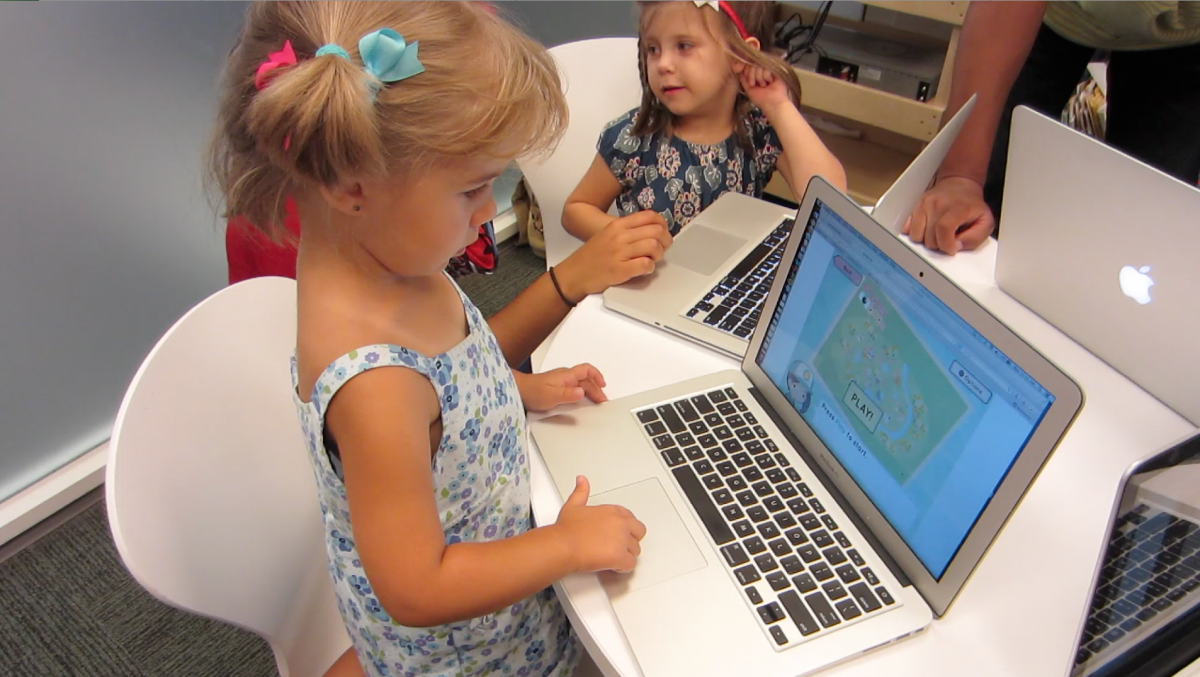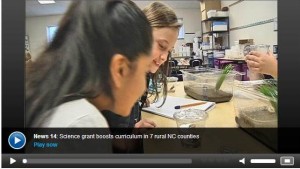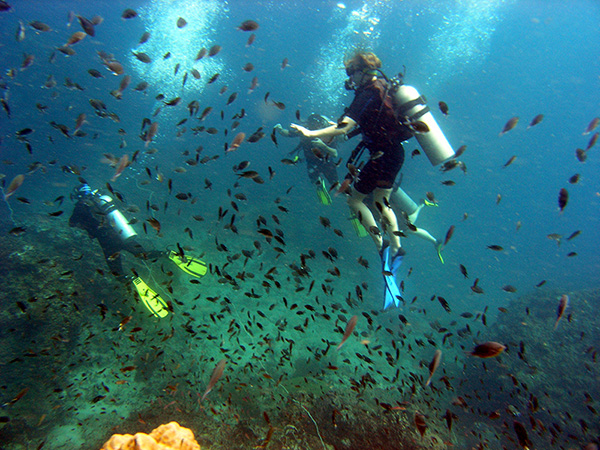English language learners (ELLs) are a population of students that is growing in the United States. Educators face the challenge of helping students learn English at the same time as grade-level science content. This can be especially challenging when working with newcomers. Newcomers, by definition, have been in the United States for two years or less and have little to no English proficiency. In addition, some newcomers are refugees who have had interrupted schooling and spent time in refugee camps. How do you successfully teach science content to these students?
Where does rain come from? Where do puddles go? How are plants and animals the same? How are they different? What makes objects go fast or slow? Helping young students answer these questions by encouraging their natural curiosity is a no-brainer for engaging them in science explorations. This is one of the goals of the newest set of science curriculum developed by the SSEC.

After News 14 Carolina did a great story on the LASER i3 Summer Professional Development, they wanted to come back for more! Linnie Supall visited Princeton Elementary School and did a great piece on how the students are now interacting with the curriculum. "I've seen a lot of little girls now say, 'I might want to be a scientist when I grow up. I might want to be a biologist and study the fish in the ocean'" Bridgers said.

Check out the rest of the story here.
Hi, Biodiversity Academicians!
Welcome to our 2013 Biodiversity SSEAT Blog. This site was created for you to network, share ideas, to keep touch after the Academy, and generally to provide a casual digital forum for us to talk biodiversity!

First off please introduce yourselves:
As we enter the summer season, we must begin to look ahead to the next academic year. As with every school year, 2013-2014 will present educators and administrators with new students, new challenges, and new opportunities. In particular, K-12 educators will have at their disposal guidelines for enhancing and deepening their science curricula -- the Next Generation Science Standards (NGSS).
